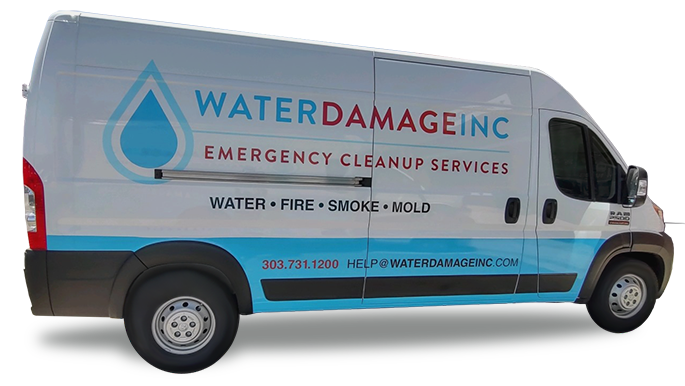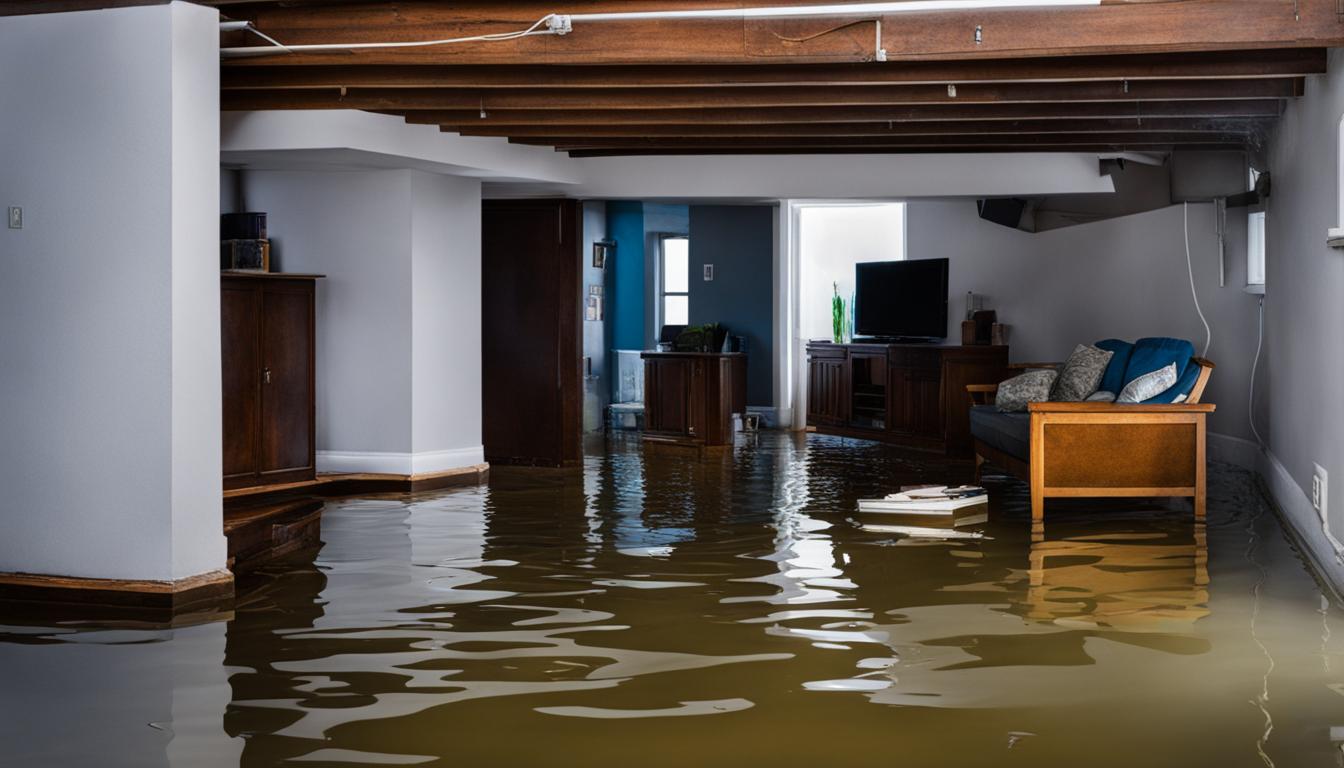The World Meteorological Organization (WMO) says the last decade was the hottest ever. This shows we really need good water mitigation plans. As the world gets warmer, we see more extreme weather like hurricanes and floods. These events cause a lot of water damage.
So, what is water mitigation, and why is it so important? It’s all about stopping or reducing water damage in buildings. This includes quick actions and long-term plans by water damage experts. They work to keep damage to a minimum.
If you own a home or care about the environment, knowing about water mitigation is key. It helps protect your property and community. With the right steps, we can avoid damage and make our homes safer and stronger.
Key Takeaways
- A WMO report indicates the last decade was the hottest on record, highlighting the rising need for water mitigation.
- Water mitigation involves a wide range of strategies to prevent and reduce water damage.
- Extreme weather events caused by climate change make water mitigation more critical than ever.
- Understanding what is considered water mitigation can help protect homes and communities.
- Water damage mitigation companies play a vital role in developing and implementing these strategies.
Understanding Water Damage and Mitigation
Water damage happens when water gets into a building or property. This can be from burst pipes, storm floods, or leaking appliances. Knowing what water damage is helps us understand how bad it is and what to do next.
Water damage needs quick action to fix and restore. Water mitigation is different from restoration. It stops more damage by removing wet stuff, getting rid of standing water, and starting to dry things out. It’s key to know about water damage to take the right steps to fix it.
Water damage can come from many things like heavy rain, appliances overflowing, or broken pipes. Each situation needs its own plan to lessen damage and fix things properly.
For businesses, quick action and professional tools are key to handle big water problems. This keeps businesses running and cuts down on lost time. Knowing about these steps helps businesses get back on track fast.
- Burst pipes leading to significant water intrusion
- Storm floods causing widespread damage
- Leaking appliances contributing to gradual water seepage
What is considered water mitigation?
Water mitigation is key to reducing damage from unwanted water. It involves using professional services to stop further damage and fix affected areas. It’s not just about removing water. It also tackles underlying problems to prevent long-term damage.
- Assessment and Inspection: First, experts assess and inspect the damaged area. They check the damage’s extent and find the source to suggest the right actions.
- Water Extraction: Removing standing water quickly is vital. Special tools like pumps and vacuums are used to get rid of water fast, lessening damage.
- Drying and Dehumidification: After removing most of the water, drying starts. Fans and dehumidifiers are used to remove moisture from everywhere.
- Cleaning and Sanitizing: Next, areas contaminated by water are cleaned and disinfected. This step is key to stop mold and ensure safety.
- Restoration and Repair: After drying and cleaning, fixing damaged structures and materials begins. This ensures the property’s safety and integrity.
Choosing professional water mitigation services brings peace of mind. Experts handle water damage complexities well. Knowing what professional water mitigation is helps protect properties from flooding, burst pipes, and more.
The Water Mitigation Process
The water mitigation process involves several key steps to handle water damage effectively. First, water removal services use advanced equipment to quickly remove water from affected areas. This fast action is vital to prevent more damage.
After removing the water, emergency cleanup begins. This step focuses on removing debris and contaminated materials to avoid health risks. Quick action helps stop mold growth and structural damage.
The drying and dehumidifying phase follows. Special machines are used to remove all moisture from spaces and materials. This step is critical to avoid long-term damage and mold growth.
Lastly, sanitizing and cleaning are done to address microbial concerns. This ensures a safe environment for everyone. Thorough cleaning removes any pathogens, making the area safe and clean.
Every step of the water mitigation process is done with urgency and care. These steps are vital to protect the property and its occupants from harm or health risks.
Conclusion
Understanding water damage and the need for quick water mitigation is key to protecting your property. The water mitigation process is vital in fixing water damage. It aims to lessen both immediate and long-term harm from too much water. Knowing about these steps helps you make quick decisions to safeguard your home or business.
Every step in the water mitigation process is important for fixing water damage. Quick action and expert help are needed to reduce damage and speed up recovery. This way, your property can be restored to its original state with little disruption.
The article has shown how important water mitigation is. Using these methods keeps your property safe and healthy. By focusing on water mitigation and restoration, you can save time, money, and resources in the future.







